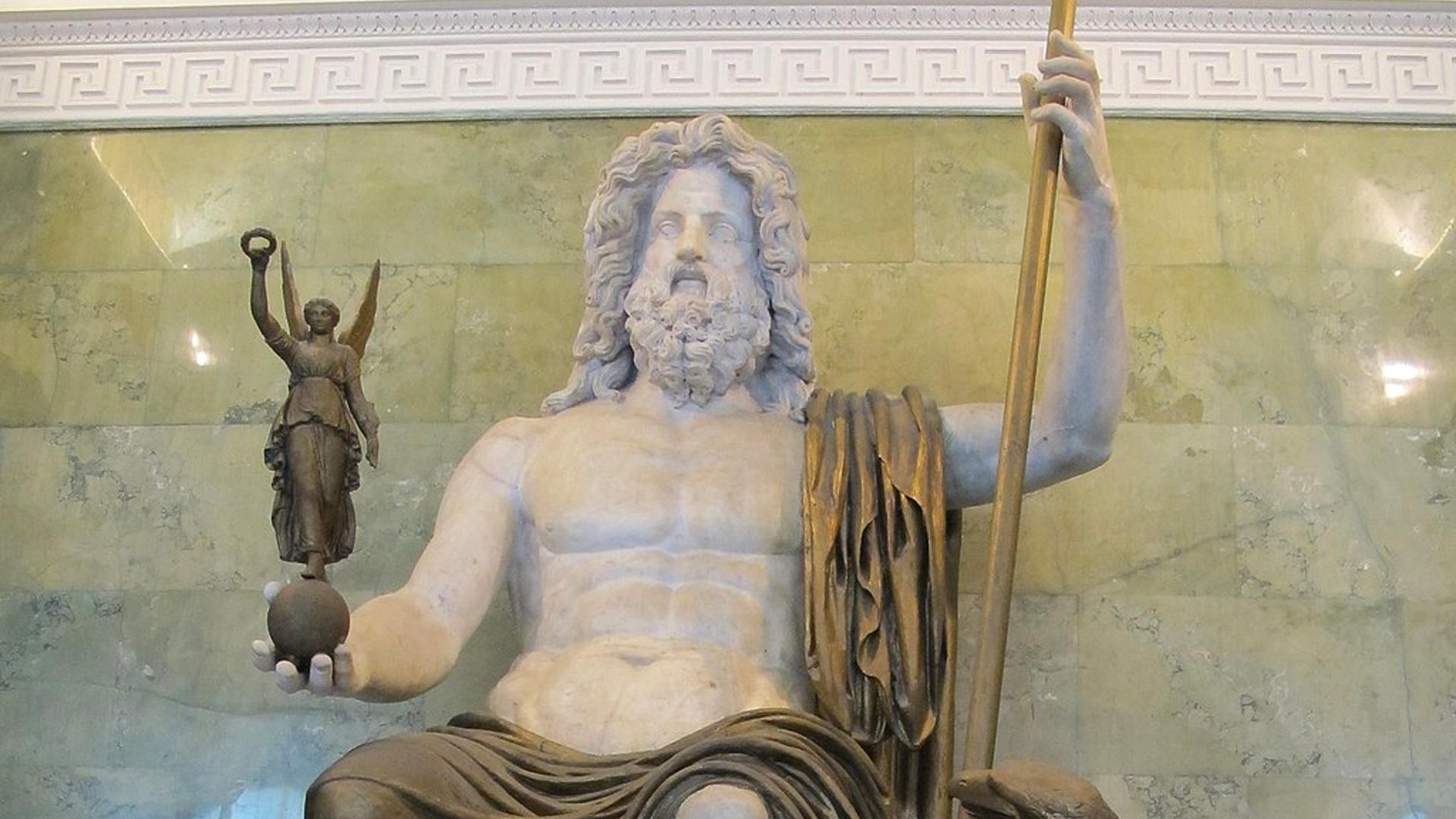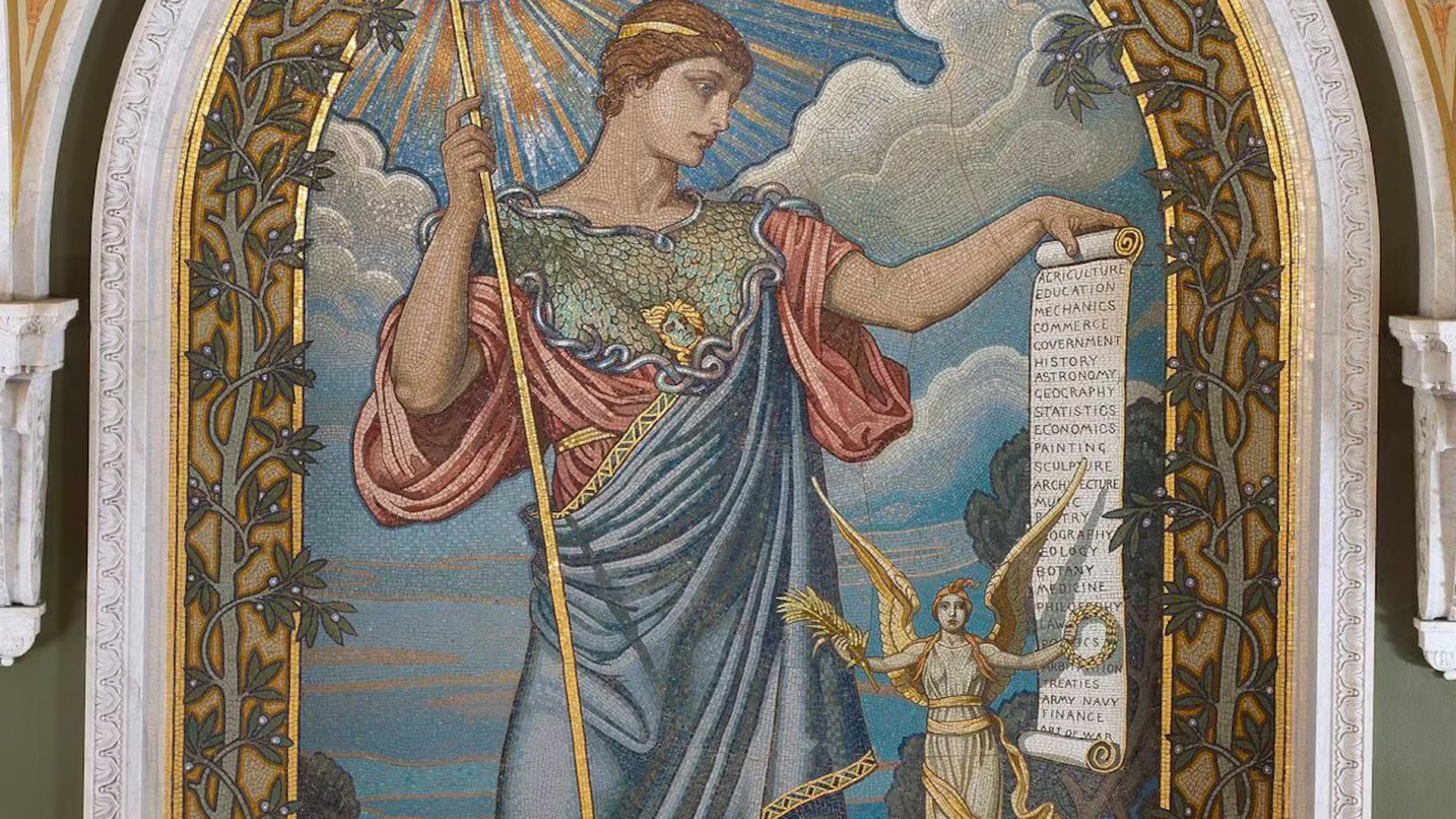The Ancient Roman pantheon was a complex and rich tapestry of divine beings, each with their own mythology, associations, and areas of influence. America Domani delves into the stories and significance of five of the most revered gods and goddesses of ancient Rome: Jupiter, Juno, Neptune, Minerva, and Mars.
Jupiter

Also known as Jove, Jupiter was the king of the gods and the god of the sky and thunder in Roman mythology. His equivalent in Greek mythology is Zeus. As the supreme deity of the Roman pantheon, Jupiter was often associated with law, order, and justice. He was known to grant victory in warfare and was frequently turned to by the Roman army. His symbols include the thunderbolt, eagle, oak tree, and scepter. The famed temple on the Capitoline Hill in Rome, the Temple of Jupiter Optimus Maximus, was dedicated to him, highlighting his preeminent status among the Roman gods.
Juno

The queen of the gods and the goddess of marriage, childbirth, and women, Juno was Jupiter's wife and sister. The Greek equivalent is Hera. Juno was also considered a protector of the Roman state. She was an integral part of the Capitoline Triad, a trio of deities worshiped in an ancient cult that also included Jupiter and Minerva. Her symbols included the peacock, cuckoo, and pomegranate. The month of June considered an auspicious time for marriages, is named after her.
Neptune

The god of freshwater, the sea, and earthquakes in Roman mythology, Neptune, is the counterpart to the Greek god Poseidon. He was primarily worshiped by seafarers, and his festival, the Neptunalia, was celebrated in July during the summer droughts to appease him and ask for water. His symbols include the horse, dolphin, and trident.
Minerva

An important figure in Roman mythology, Minerva was the goddess of wisdom, arts, trade, and strategic warfare. Her Greek counterpart is Athena. A member of the Capitoline Triad, she was revered by scholars, artists, and warriors alike. One of her most significant celebrations was the Quinquatrus in March, a five-day festival primarily celebrated by artisans and students. Her symbols include the owl, the olive tree, and the Aegis (a shield).
Mars

The Roman god of war, Mars was also considered a guardian of agriculture. His Greek counterpart is Ares, though Mars was revered more heavily in Roman culture. As the father of Romulus and Remus, Rome's legendary founders, he held a special place in Roman mythology. March, the month in which the military campaigning season began, was named after Mars, and he was celebrated in festivals like the Equirria and the Agonium Martiale. His symbols include the wolf, bear, woodpecker, and spear.
These gods and goddesses held central roles in Roman religion, playing an integral part in the personal lives of individuals, as well as the affairs of the state. Their legends and mythology continue to influence Western culture today, with their names adorning planets, months, and countless works of art and literature.
Arianna DiCicco
Arianna DiCicco is an educator and writer from California, born into an Italian American restaurant family with strong ties to her grandparents’ home in Abruzzo, Italy. She has lived in San Francisco, Rome and New York City where she’s made deep connections within the Italian communities and gained new perspectives about her own culture. With a Masters in International Education, Arianna has a love and passion for learning and educating others about Italian history & culture.

